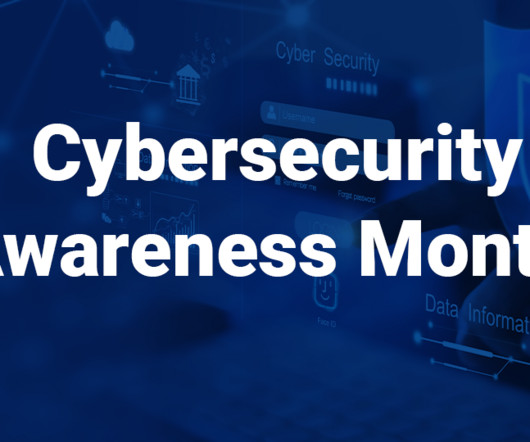How to Create a Data Breach Response Team
Pure Storage
MARCH 21, 2022
Their skills should include vulnerability diagnostics, digital forensics, the ability to analyze memory dumps and malware, and the ability to use analysis tools to perform a correlation analysis of security events. This role could be an in-house team, outsourced, or hybrid. Information Security (InfoSec).













Let's personalize your content